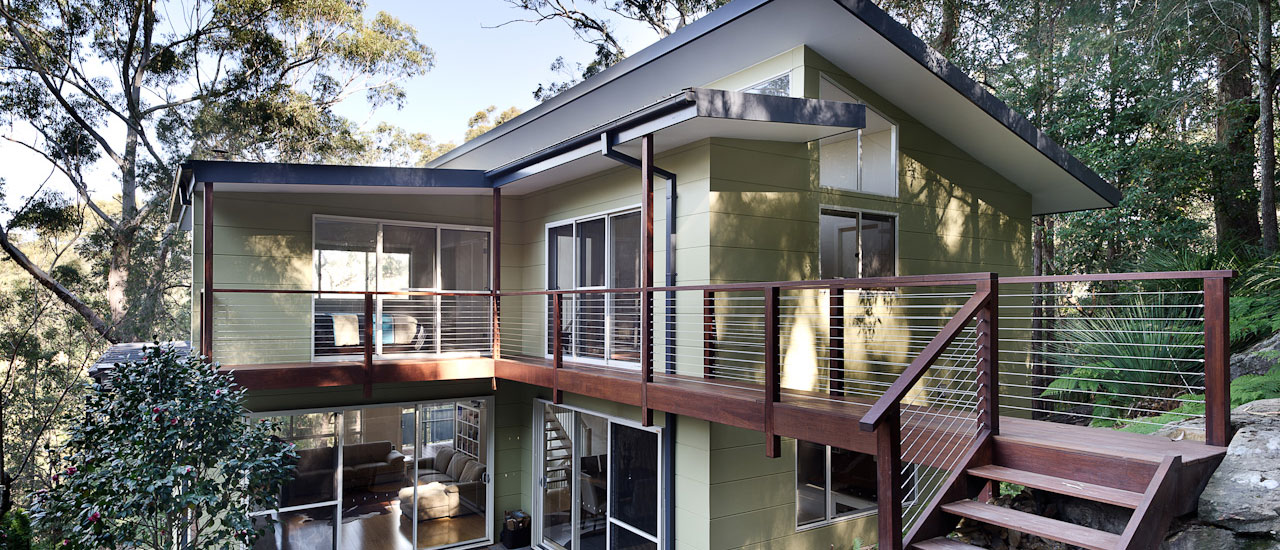 I am all for historical houses; they support my strong conviction that there is no future without a past. However, I am also a building designer and can’t shy away from the challenges of energy-efficiency posed by these building/houses.
I am all for historical houses; they support my strong conviction that there is no future without a past. However, I am also a building designer and can’t shy away from the challenges of energy-efficiency posed by these building/houses.
Take the case of their windows. Without a doubt, they add to the aesthetic value of such homes and are a treat for visitors. The downside though is that they can’t be retrofitted with ease, can’t possibly be substituted (replacement windows for a home with history are not very popular for reasons of heritage) and are almost always an energy burden. So the question- How to handle windows in older homes (for energy savings) becomes crucial.
The persistent dilemma
There are two choices ahead of a home owner. The first is to compromise the historical element of such windows and gain on energy-savings. Second is to keep falling short of energy needs and retain historical authenticity.
I know that to make a choice in such a case is to choose between fire and a frying pan. However, I am not here to write a thesis on the problem but to afford a solution so here I go:
Do not obliterate the historical element of the windows but make ever-so-subtle changes in them. As a first, such windows (in fact the entire houses in general) are poor on insulation and sunlight use. This automatically brings down their energy ratings.
Strom window as a retrofit option
To my mind, storm windows are a nice retrofit solution. Good news is that it is easier to place them on existing windows than new windows.
Storm windows actually create a void-like situation which reduces heat transfer. It naturally follows that the fitting can save on heat loss appreciably. Just another thing; Low E or laminated glasses are preferable for storm windows.
You can also use interior window panels (only from reputed providers and I say this after a lot of ground thinking and experience) and strengthen the interior part of the window without playing with the heritage value.
Caulking and weather-stripping can help
If windows are in relatively poor shape (which they can easily be in), try caulking, weather-stripping and similar renovations. If problem persists, you know it can be a brutal axe on your air-conditioners and I would bet on very high electricity bills in such cases.
Just so you get better results, I recommend adding weather strips to the sash and letting sash locks meet rails ‘huggingly’ enough.
Old windows have structural benefits too
Windows which were constructed more than 5 decades ago may look old but they have several factors going for them. Let me try and explain this riddle. Such windows are likely to be made from old-growth wood.
Now science tells us that such wood is far more resistant to rot and warp. Additionally, they also take up paint coating a lot better than present-day plantation-grown wood. The best option then is to keep the windows unchanged, though carefully (and inexpensively) renovated.
Heritage value and energy-efficiency can coexist
To reiterate my point, there is no future without a past and to the point possible, we should work towards retaining the essence of our historical homes. Thankfully, heritage value and energy-efficiency can coexist.
Which one are you more inclined to protect- historical value or energy bills?

